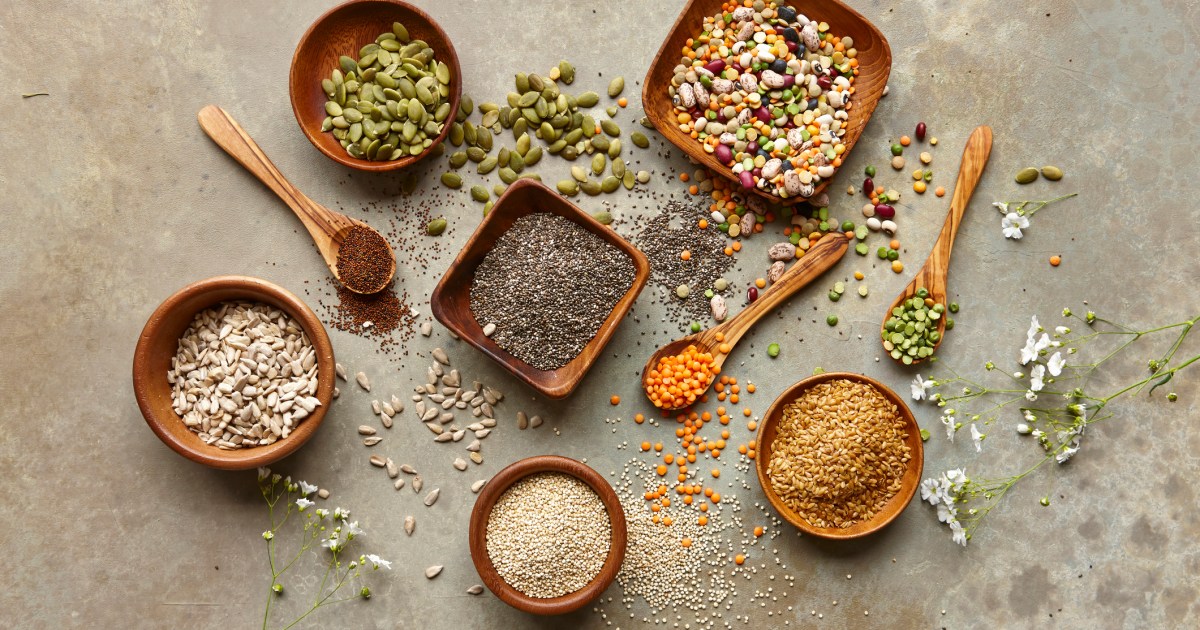Have you heard of the new fibermaxxing trend? For once, this nutrition trend promotes consuming more rather than less food, particularly high-fiber foods. As a nutritionist, fiber is one of the primary nutrients I have my clients stay on top of, especially if they are trying to lose weight. It has many benefits, but is fibermaxxing the way to go?
Keep reading to learn exactly what fibermaxxing is, its potential benefits, and whether there are any downsides. Let’s dive in!
What is fibermaxxing?

Fibermaxxing is a nutrition trend centered around dramatically increasing daily fiber intake, often beyond the standard recommendations of 21–38 grams per day. People hopping on this trend claim that maximizing fiber helps improve digestion, support weight management, and enhance overall health. The idea is simple: the more fiber you eat, the better your body functions. Fiber-rich foods like beans, lentils, vegetables, fruits, and whole grains not only provide bulk to meals but also slow digestion, making it easier to feel full on fewer calories.
The rise of fibermaxxing is tied to growing interest in gut health and satiety-based dieting. Unlike fad diets that cut out entire food groups, this approach focuses on abundance—filling your plate with high-fiber foods. However, fibermaxxing isn’t just about quantity; it’s about using fiber strategically to improve energy, digestion, and appetite control. For many, it’s an appealing, accessible way to prioritize nutrition without rigid calorie tracking.
How does fibermaxxing benefit your gut health?
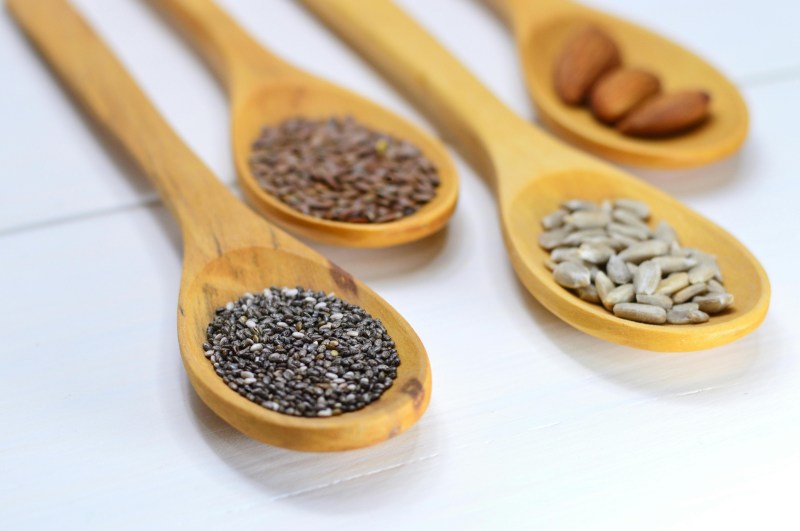
Fiber is one of the most important nutrients for digestive health, and fibermaxxing takes advantage of this. There are two types of fiber: soluble and insoluble. According to the Mayo Clinic, “[Soluble] fiber dissolves in water. It forms a gel-like material in the stomach that slows down digestion. It can help lower cholesterol and blood sugar. [Insoluble] fiber doesn’t dissolve in water. It supports the movement of material through the digestive system and adds bulk to stool. So it can be helpful for people who have constipation or don’t regularly pass stool.”
Improved gut health can have far-reaching benefits. A strong microbiome is linked to better immunity, stable energy, and even improved mood through the gut-brain axis. People who increase their fiber intake often report less bloating over time, as the digestive system adapts and functions more efficiently. Regularity also improves, reducing discomfort and making digestion feel smoother.
In short, fibermaxxing can optimize gut health by feeding the right bacteria, clearing waste more effectively, and creating a digestive system that supports both short-term comfort and long-term wellness.
Could fibermaxxing help you lose weight?
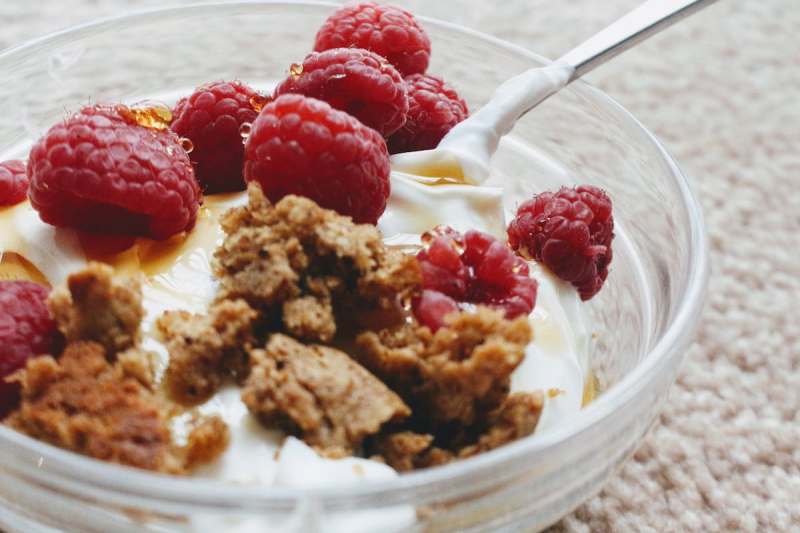
One of the biggest reasons people try fibermaxxing is for weight management. Fiber adds bulk to meals without adding significant calories, making it easier to feel satisfied on less food. High-fiber foods slow down digestion, which helps regulate hunger hormones and keeps blood sugar levels stable. This means fewer energy crashes and less temptation to snack between meals.
In practice, fibermaxxing makes calorie control more natural. Instead of focusing on restriction, you can eat larger portions of filling foods that leave you satisfied. For example, a bowl of lentil soup or a plate of roasted vegetables can be surprisingly low in calories while being highly filling. Over time, this can create the calorie deficit needed for fat loss without feeling deprived.
The strategy is sustainable because it emphasizes abundance, not limitation. By crowding out processed, low-fiber foods with nutrient-dense alternatives, fibermaxxing helps weight loss happen more effortlessly.
Are there any downsides to fibermaxxing?
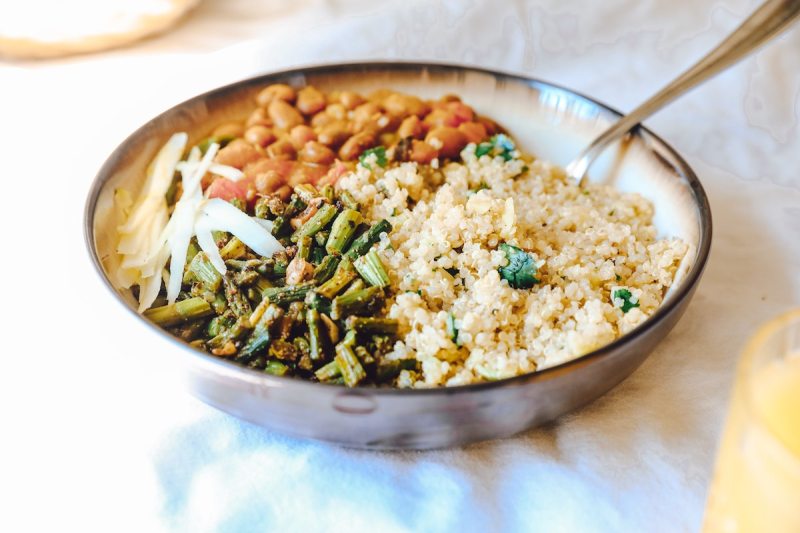
Shashi Chaturvedula / Unsplash
While fibermaxxing has its benefits, there are potential risks if it’s taken too far. A sudden increase in fiber can cause bloating, gas, cramping, and even constipation if not paired with enough water. Extremely high fiber intake may also interfere with mineral absorption, particularly iron, zinc, and calcium, which are vital for energy and bone health. For athletes or bodybuilders, too much fiber close to training sessions may cause digestive discomfort.
To try fibermaxxing safely, gradual adjustments are key. Increase your fiber intake by a few grams per week while paying attention to how your body responds. Also, more may not always be better. While you do want to consume the recommended amount of fiber daily, going too overboard with the number of grams to truly “fibermax” isn’t necessary.
Prioritize a mix of soluble and insoluble fiber from foods like oats, beans, vegetables, and fruits. Hydration is essential, since fiber absorbs water in the digestive tract. Finally, balance matters—fiber should enhance your diet, not replace adequate protein and healthy fats. With the right approach, fibermaxxing can be both safe and effective.
Frequently asked questions
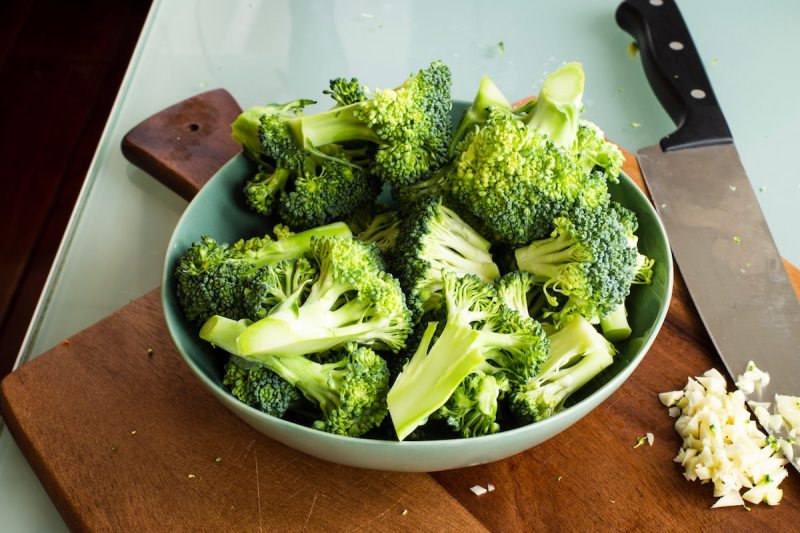
What foods are insanely high in fiber?
Foods insanely high in fiber include legumes like lentils, black beans, and chickpeas, as well as chia seeds, flaxseeds, and split peas. Vegetables such as broccoli, artichokes, and Brussels sprouts, along with fruits like raspberries, pears, and avocados, also pack a fiber punch, making them perfect for fibermaxxing.
What happens when you take fiber pills every day?
Taking fiber pills every day can improve digestion, promote regular bowel movements, and help manage your appetite. However, overuse without enough water may cause bloating, gas, or constipation. Pills can supplement dietary fiber but shouldn’t replace high-fiber foods, which provide essential vitamins, minerals, and gut-supporting compounds.
What are the symptoms of fiber deficiency?
Fiber deficiency can lead to constipation, bloating, and irregular bowel movements. Other symptoms may include excessive hunger, weight gain, and blood sugar fluctuations. Over time, low fiber intake can increase the risk of digestive issues, such as hemorrhoids and diverticulitis, and may negatively affect heart health and cholesterol levels.

